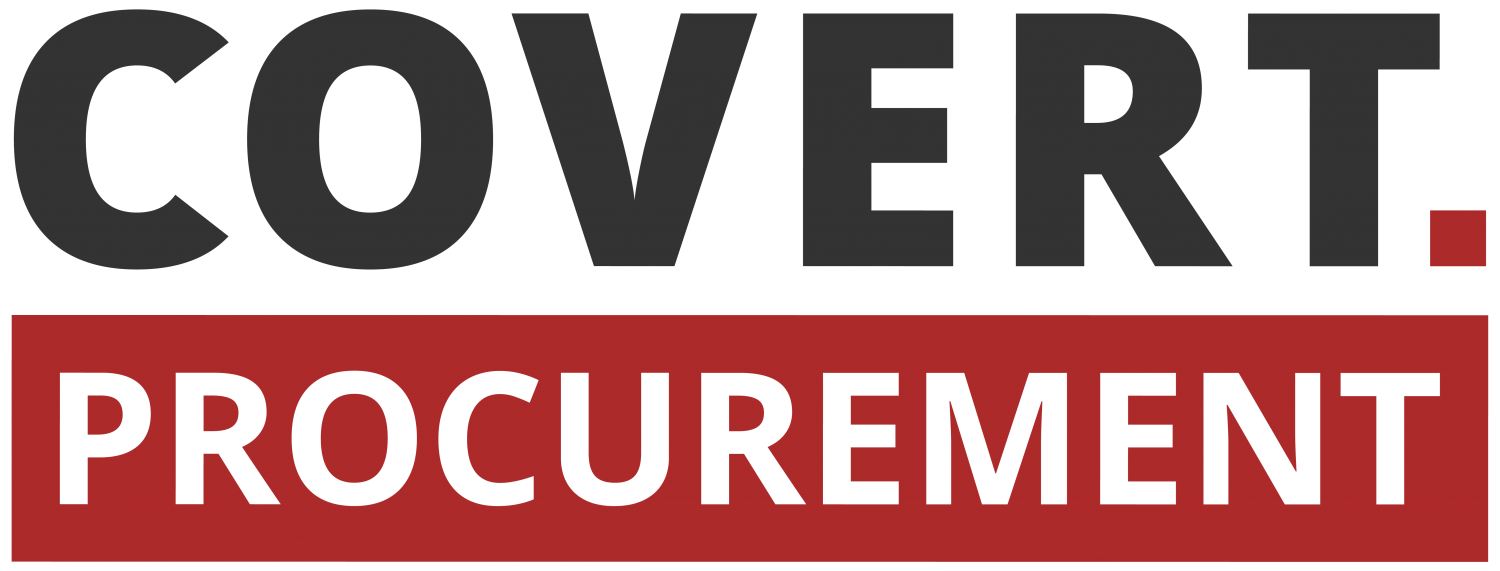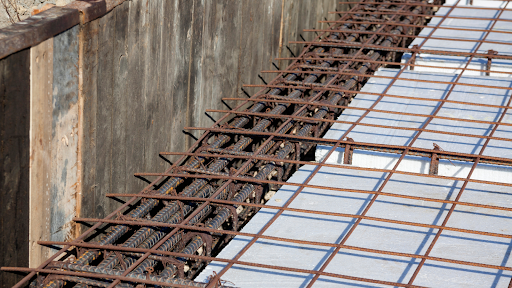How Can You Identify and Reduce Trip Hazards Around Reo Bar Frameworks?
Trip hazards around reo bar frameworks primarily include scattered steel bars, offcuts, tie wire, and construction debris that accumulate during the installation process. These obstacles create dangerous conditions that lead to falls and injuries on Australian construction sites.
Conduct Regular Site Inspections
Regular site inspections help identify potential hazards before accidents occur. Walk through work areas at the start of each shift, paying attention to pathways between reo bar frameworks and storage zones.
Take Immediate Action to Clear Work Paths
Clear work paths immediately by:
- Removing scrap materials and offcuts to designated bins
- Organising tools in proper storage locations after use
- Bundling loose tie wire and securing it away from walkways
- Stacking reo bar systematically in designated areas
Designate and Mark Traffic Routes
Designate specific traffic routes around reo bar framework areas and mark them clearly. Keep these pathways free from materials at all times to maintain site safety standards.
Best Practices for Storing and Securing Loose Reo Bar on Site
Here are some best practices for storing and securing loose reo bar on site:
- Store reo bar on raised platforms to prevent direct ground contact and moisture absorption, which can lead to corrosion.
- Position bars on their edges rather than flat to protect any protective coatings from damage and allow air circulation around each piece.
- Keep galvanised and uncoated bars separated from stainless steel varieties to prevent rust migration between different metal types.
- Ensure that storage areas are completely free from lubricants, oils, and standing water that can accelerate the deterioration of securing reobars.
- Stack bars with even weight distribution to prevent bending or structural stress on lower layers.
- Install plastic safety caps on all protruding rod ends to eliminate puncture and impalement risks for workers moving through the storage zone.
- Regularly inspect stored materials to catch any issues with reo bar corrosion prevention before they compromise structural integrity.
How Does Weather Exposure Affect Reo Bar Safety During Construction?
Weather exposure directly compromises reo bar integrity and creates dangerous working conditions on construction sites. Moisture and water contact initiate corrosion processes that weaken steel reinforcement, reducing its load-bearing capacity and creating structural risks.
The Impact of Weather on Reo Bar
Reo bar rust develops rapidly when steel remains exposed to rain, humidity, or ground moisture. The oxidation process degrades the surface and can penetrate deeper into the material, affecting bond strength with concrete. This deterioration poses safety concerns during handling as corroded bars become more brittle and unpredictable under stress.
Additional Hazards from Extreme Weather
Extreme weather conditions introduce additional hazards beyond material degradation. Frost and ice accumulation around reo bar frameworks create treacherous slip zones where workers must navigate. Cold temperatures also make steel more rigid and prone to sudden failure when bent or manipulated.
Protection Measures for Reo Bars
Protecting stored reo bars from environmental elements requires covered storage areas with adequate ventilation to prevent condensation buildup. Tarps or waterproof sheeting provide temporary protection during installation phases, while elevated storage prevents direct ground contact where moisture accumulates most readily.
What Training Should Workers Have Before Handling or Placing Reo Bar?
All personnel require comprehensive reo bar training before entering construction sites where reinforcement steel is present. Worker education must cover proper lifting techniques, recognition of sharp edges, and safe handling procedures for heavy materials.
Construction safety training should include:
- Identification of hazards specific to reo bar work
- Safety strip for reo bar
- Correct use of PPE when handling steel reinforcement
- Safe manual handling techniques for bars of varying weights
- Recognition of unstable stacked materials
- Emergency response procedures for reo bar-related injuries
New workers and interns must work under experienced supervision until they demonstrate competency in safe handling practices. Site managers should conduct daily safety briefings to reinforce knowledge about managing sharp edges and heavy materials. Regular skills assessments help identify workers who need additional instruction before performing reo bar placement tasks independently.
How Can Supervisors Enforce Compliance with Reo Bar Safety Regulations?
Supervisors maintain reo bar safety compliance through consistent site checks and immediate correction of violations. The supervisor’s role demands visible presence during critical operations like bar placement and framework assembly.
Key enforcement strategies include:
- Conducting unannounced inspections at different times throughout the day
- Documenting PPE non-compliance with photographic evidence
- Implementing a three-strike system for repeated safety violations
- Verifying mechanical equipment inspection tags before each shift begins
Construction site management requires supervisors to ensure only certified operators handle lifting equipment near reo bar installations. Daily toolbox talks reinforce specific hazards identified during previous shifts. Supervisors who actively participate in manual handling tasks alongside workers demonstrate expected safety standards rather than simply dictating rules from a distance.

